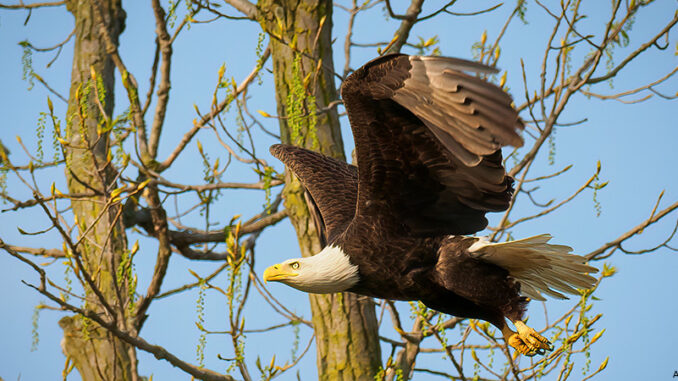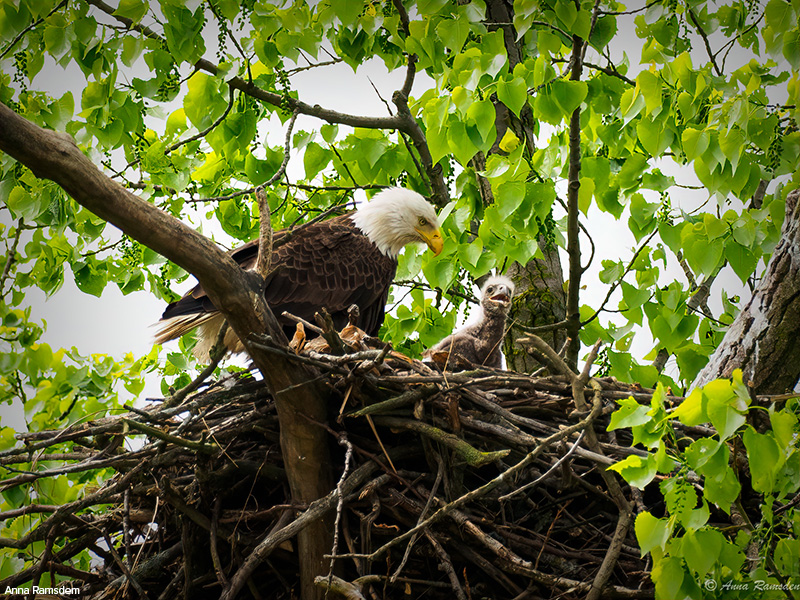
Johnson & Johnson Vaccine Pause
Out of the three readily available American COVID-19 vaccines–Moderna, Pfizer, and Johnson & Johnson–the Johnson & Johnson vaccine requires just one shot, rather than two. Recently, the Center for Disease Control and Prevention (CDC) and the Food and Drug Administration (FDA) have recommended that distribution of the Johnson & Johnson dosage be paused due to a small possibility of dangerous blood clots in people who receive the shot.
The CDC and FDA made this decision because six Americans who had received the vaccine experienced dangerous, potentially life-threatening blood clots as a result. For understanding, there were 7.5 million doses of the Johnson & Johnson vaccine administrated before the pause was put into effect. All of the clots occurred in women ages 18-48. The clots appeared six to thirteen days after the women received the vaccine. The clots can be dangerous and may cause stroke-like symptoms. One of the women died because of the complication and another is in critical condition. The agencies want to be extra cautious by pausing the distribution of the vaccine while they try to learn more about it.
All medications and vaccines are provided with a helpful list of symptoms to be aware of. Symptoms of a possible clot include severe headache, blurred vision, fainting or loss of consciousness, abdominal pain, leg pain, shortness of breath, seizures, and/or loss of control over body parts. This reaction isn’t happening with the Pfizer or Moderna vaccine, but similar clots have appeared in European patients who took the AstraZeneca vaccine. Distribution of the Johnson & Johnson vaccine can resume when more study is done on treatment of these effects.
Dig Deeper How worried should Americans really be about this side effect? Calculate what percentage of those who received the vaccine experienced the dangerous blood clots. Next, use Internet resources to help you determine the normal rate of blood clots for women in this age group. What did you discover?
Moundbuilders Country Club
In the middle of Ohio is an incredible six-foot-high circular earthwork, or mound, built 2000 years ago by the Hopewell Native Americans. This earthwork honors their moon and sun gods and tracks the movement of celestial bodies. The United Nations Educational, Scientific and Cultural Organization (UNESCO) wants to designate the area a UNESCO World Heritage Site. There’s only one problem: there’s a golf course sitting on top of it.
Starting in 1892, the state used the site as an Ohio National Guard encampment. But after the encampment closed in 1910, the land was leased to a golfing club. By the following year, a course had been constructed on the site by Thomas Benedelow, who had also designed the first 18-hole public golf course in the United States. Since 1933, the earthwork land has been leased to the Moundbuilders Country Club by the Ohio History Connection, a statewide nonprofit. Over the past few decades, however, the importance of the site has become more recognized, and the club has drawn public criticism as a result.
Though their lease is technically good through 2078, Moundbuilders Country Club owners say that they understand the historical significance of the area and the need for them to move–if the state of Ohio will pay for it. The Ohio History Connection has offered the club $1.7 million to relocate the course. But the club wants $12 million. The case was heard by the Ohio Supreme Court the week of April 19, 2021.
What Do You Think? In your opinion, who has a greater claim to the land: Moundbuilders Country Club, or the Ohio History Connection? Why?
A Bold Comeback for Bald Eagles
There is perhaps no more iconic American animal than the bald eagle. And yet, for many years these birds teetered on the edge of extinction. They were hunted and driven from their native habitats. Widespread use of the insecticide DDT caused eagle eggs to be so fragile that they would often break when their parents sat on them. In the 1960s, fewer than five hundred breeding pairs of bald eagles remained in the wild.

Conservation efforts since the 1960s have completely turned things around. The birds were listed as an endangered species in 1973. This gave the species special federal protections. The bald eagle population has grown since 1973 and the bird was removed from the endangered species list in 2007. Since 2009, the bald eagle population in the lower 48 states has quadrupled. There are now an estimated 316,000 of the birds in the wild, and more than 70,000 breeding pairs!
Dig Deeper Visit this website to view a list of the endangered bird species in North America. Click on one of the birds to learn more about it, including its description, call, habitat, and range. Write a short paragraph about what you find.
Ancient Egyptian City Uncovered
Archaeologists in Egypt have uncovered an ancient city that’s been buried under the sand for three thousand years. Egyptian archaeologist Dr. Zahi Hawass is working on digging out the city. It is located near the Egyptian city of Luxor. Since excavation began in September 2020, Dr. Hawass and his team has unearthed the southern part of the city known as Aten. It is considered the most significant archaeological discovery since King Tutankhamun’s tomb.
So, exactly what did Dr. Hawass and his team find? For starters, it’s the largest ancient city ever discovered in Egypt. Aten’s treasures include many intact walls, houses, and rooms; jewelry; tools; pottery; and a bakery complete with ovens and food storage. The archaeologists have also located a cemetery, tombs, and two buried cows. The scientists are trying to discover the purpose the Egyptians had for burying cows.
It is thought that the city’s residents left the city quickly and relocated in Amarna, 250 miles to the north. But why? Dr. Hawass and his team say that more excavation is needed to know for sure. The word Aten refers to one of the sun gods (and is also a name for the sun itself). Aten was considered the creator and giver of life.
